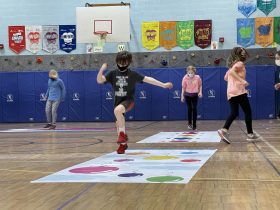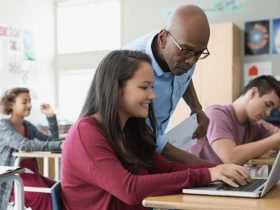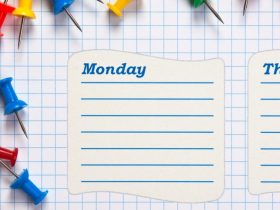
Did you know that special education is on the rise in the US? In fact, about 13 percent of all students in the US receive some form of special education services.
However, even though special education is on the rise, if someone’s child needs Online Special Education Curriculum pa, there are likely moments where they feel very much alone and isolated. Luckily, there are things you can do to improve the special education experience for your students and therefore, put the parents at ease.
Check out this guide to learn how to make sure your students get the most out of their special education experience.
- Establish Relationships With Your Students
As a special education teacher, your relationship with your students starts from the moment you meet them.
No matter how difficult a student may be, you need to embrace the challenge of getting to know them. Start by learning all of your students’ names by heart before you meet them.
This way, you can greet them at the door like you already know them. Also, make sure you try to get to know who your students are outside of the classroom. Ask them about their likes and dislikes and what they like to do in their spare time.
Learning about each student on an individual level will really help you earn their trust and respect.
- Create a Positive Learning Environment
Creating a positive learning environment is essential for any classroom, but especially for special needs classrooms.
In order to create the best learning environment possible, you first need to be aware of your students’ emotional, physical, intellectual, and social needs. Once you’re aware of the needs of your students, you can start gathering the right resources to create a positive learning environment.
For example, if you find out that one of your students uses a wheelchair, you’ll want to make sure you have a desk in your classroom that they can easily use.
You’ll also want to make sure your strategic about how you arrange the seating in your classroom. Typically, it’s best to group your students by skill level or to arrange the desks so they can easily work in small groups or pairs.
Make sure you also plan for patterns of movement in the classroom. For example, you could have the classroom set up so that you teach a 20-minute lesson to students at their desks, and then everyone moves to a different setting and you teach them another 20-minute lesson.
- Encourage Your Students to Be Helpers
While you’re solely responsible for your students in the classroom, this doesn’t mean that your students can’t lend a helping hand.
Allowing students to help doesn’t just take some of the load off of your shoulders, it also helps give your students a sense of responsibility and ownership.
Some teachers like to use task cards in which they’ll rotate the names of the students on a weekly basis. For example, one task card could be for passing out papers, while another one could be for straightening and cleaning the bookshelf.
You can also have your students help in more casual ways. For example, you could ask your students to help you straighten out the room at the end of a lesson or ask them for help organizing the cubbies.
- Create a Sense of Order
All children thrive on structure and routine, but children with special needs particularly need structure and routine in the classroom.
It is your responsibility as a teacher to provide a sense of order in the classroom. Here’s what you can do to create a sense of order:
- Provide clear academic and behavioral expectations from the beginning (ie, students should know what’s expected of them at all times)
- When you enter the classroom, immediately engage in the learning activity
- Find out about students’ missed assignments and let them know how they can make up for them
- Teach your students how to get the teacher’s attention without disrupting the class (ie, hand raising)
- Teach your students how to arrange their own desks quickly and quietly
All of these things will help you create a sense of order in your classroom so your students can thrive.
- Organize Your Lessons Carefully
Lesson planning can be very tricky when you have students with a wide variety of needs. With each lesson, you want to be able to:
- Engage your students
- Move forward from concept to concept smoothly
- Talk to each child throughout the lesson
To meet these goals for each lesson, you’ll need to build in as many teaching interventions and strategies as possible into each lesson. For example, you can set a timer when transitioning from one aspect of the lesson to the next to help with time management. Or, you can create a checklist to help with student feedback.
Also, make sure you have strategies planned for one-on-one and group settings. Each lesson should have the appropriate amount of time set aside for interaction and reflection. For example, you could ask your students to write in journals at the end of each activity so they have time to think about what they just learned.
Are You Ready to Set Up Your Special Education Classroom?
Now that you’ve read these special education tips, you should be better prepared for your school year.
With these tips, you’ll be able to create the best learning environment possible for your students. And, things will be a lot easier for you too!
Be sure to check back in with our blog for more teaching tips and tricks.










